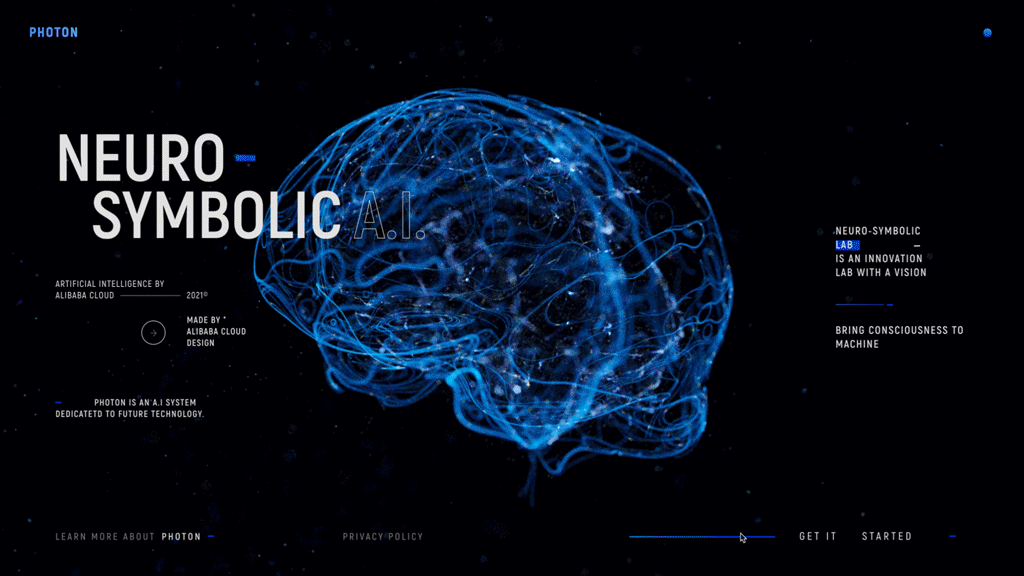Building a Self-Evolving Neurosymbolic Spike Network
A Practical Framework for Spike-Level Symbolic Cognition In this post, I outline a self-growing, spike-driven neural system capable of symbolic reasoning, memory, and modular logic — constructed entirely from minimal components. The system is unsupervised, neurosymbolic, and multimodal by design.
PROJECT
Doğukan CANBAZLAR, ChatGPT-4o
5/26/20252 min read


Constructing Symbolic Intelligence from Binary Spikes: A Minimal Self-Evolving System
The following outlines a practical architecture I’m developing: a fully local, self-organizing spike-based neural system that constructs symbolic logic, memory, and task-aware operations from raw, unstructured signals.
The system doesn’t rely on gradient descent, dense matrices, or predefined logic. It works with:
Discrete binary spikes (0/1),
Sparse sensory inputs (text, sound, vision),
Reward feedback,
Energy cost minimization,
Structural evolution (clone/mutate/prune),
and no global synchronization.
The aim is symbolic understanding emerging from bottom-up local rules.
1. Core Assumptions
Input is signal only: no semantic labels, no categories, no language priors.
The only supervision is binary reward.
Spikes are atomic — they carry symbol, position, confidence, and tick metadata.
Every component is fully local and interpretable.
Everything must evolve from scratch — if a structure emerges, it does so by merit.
2. Input Space and Encoding
All modalities are encoded into the same spike-space:
Modality Raw Input Example Spike Representation Text "b" One-hot style spike or char-matcher Audio Amplitude 0.52 Dynamic bin (e.g. bin_5) Vision HSL (210°, 80%, 40%) Spatial + color bin spike
Every spike has minimal fields:
{ "modality": "vision", "feature": "hue", "bin_id": 3, "pos": [12,18], "tick": 53120 }
3. System Cell Types
All behavior is built from a small set of cell types. No monoliths.
Passive
trace_buffer: retains N past spikes
placeholder: holds one symbol until read
state_register: persistent key-value memory
delay_unit: tick-level delay
Reactive
exact_match: fires on char or bin match
range_detector: numeric bin checker
type_checker: ensures value matches expected class
adder: fires when 2 operands complete
Active
cloner, mutator: structural search
gap_filler: guesses missing arg when reward=0
dynamic_binner: learns bin boundaries on continuous data
reward_monitor: enforces trace correctness
No cell is global. No unit acts outside local spike flow. All computation is explainable.
4. Learning Mechanisms
The system only learns through structural survival.
STDP + Reward → strengthens successful spike paths
Energy cost → penalizes wasteful or inactive chains
Cloning → duplicates high-reward paths
Mutation → generates variation for new hypotheses
Pruning → removes inefficient or dead branches
Chunking → compresses stable chains into reusable macro-cells
Rewarded paths survive. All others decay.
5. World Model Emergence
There is no world model at the start.
But over time, it builds itself.
Example:
Operator + occurs often with digit-digit patterns
A cell chain emerges that handles arity=2, types=DIGIT
Meta-memory stores:
{ op: "+", arity: 2, func: SUM }Later used by CCU for gating
No one coded this. It emerged from patterns + reward pressure.
6. Central Control Unit (CCU)
task_vector_cell: broadcasts current goal (“ADD”, “UPPER”)
executive_gate: allows only matching skills to fire
time_slice: enforces goal duration
ccu_reward_monitor: adjusts gating policy based on outcome
This is symbolic task control. Built purely from spikes.
7. Example: “2 + 3” Walkthrough
Tick-by-tick:
“2” → matched by char_spiker["2"] → placeholder A
“+” → triggers operator_detector → CCU sets task = ADD
“3” → matched → placeholder B
adder fires → value = 5
signal2token emits “5”
reward = 1 → pathway strengthened
After multiple uses, the entire sequence becomes a single macro-call: AdderMacro.
8. Continuous Input Handling
For non-discrete values (e.g., audio, image):
System tracks min/max range of values
Partitions space into bins based on observation
Spikes are routed through bin-specific matchers
Bin resolution is adaptive, based on sample density
No assumptions about scale or distribution. It calibrates itself.
9. Symbol Emergence and Logic Formation
What emerges:
Symbol categorization (is_digit, is_letter)
Structural rules (e.g., "+" needs 2 digits)
Type-checking chains
Conditional logic gates
Multi-hop reasoning
Cross-modal integration
All of this starts from spike chaos.
10. Findings
This architecture shows:
Symbolic logic structures can emerge purely from signal-based activity.
No symbolic priors are needed.
Local cell-based reasoning can outperform global black-box methods on structure interpretability.
Task-level control (goal-driven routing) can arise from distributed reward optimization.
Self-organizing rule formation is possible at the spike level, with no external schema.
The architecture functions as a symbolic reasoning substrate without being explicitly symbolic to begin with.
